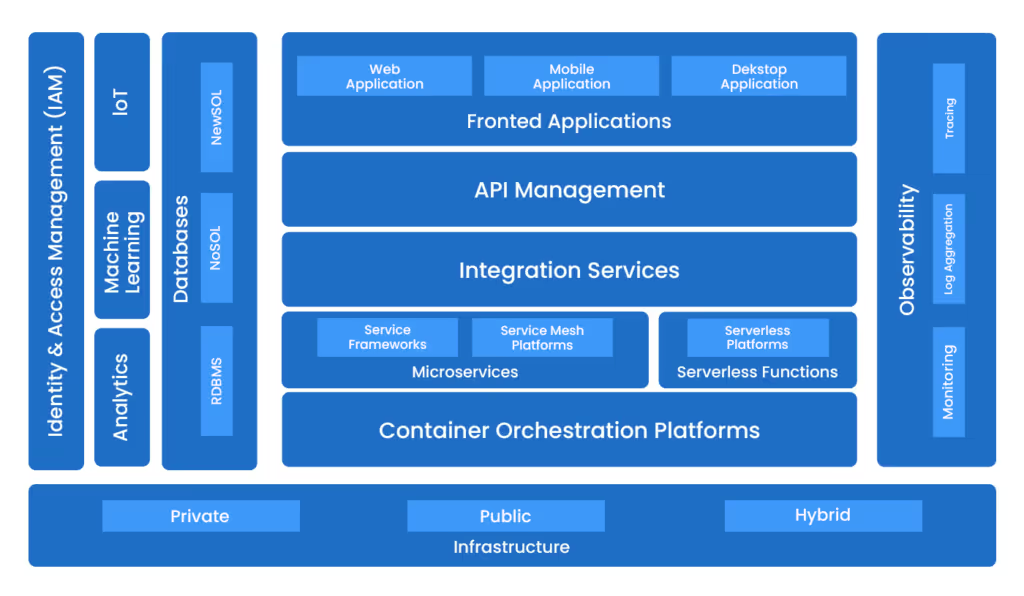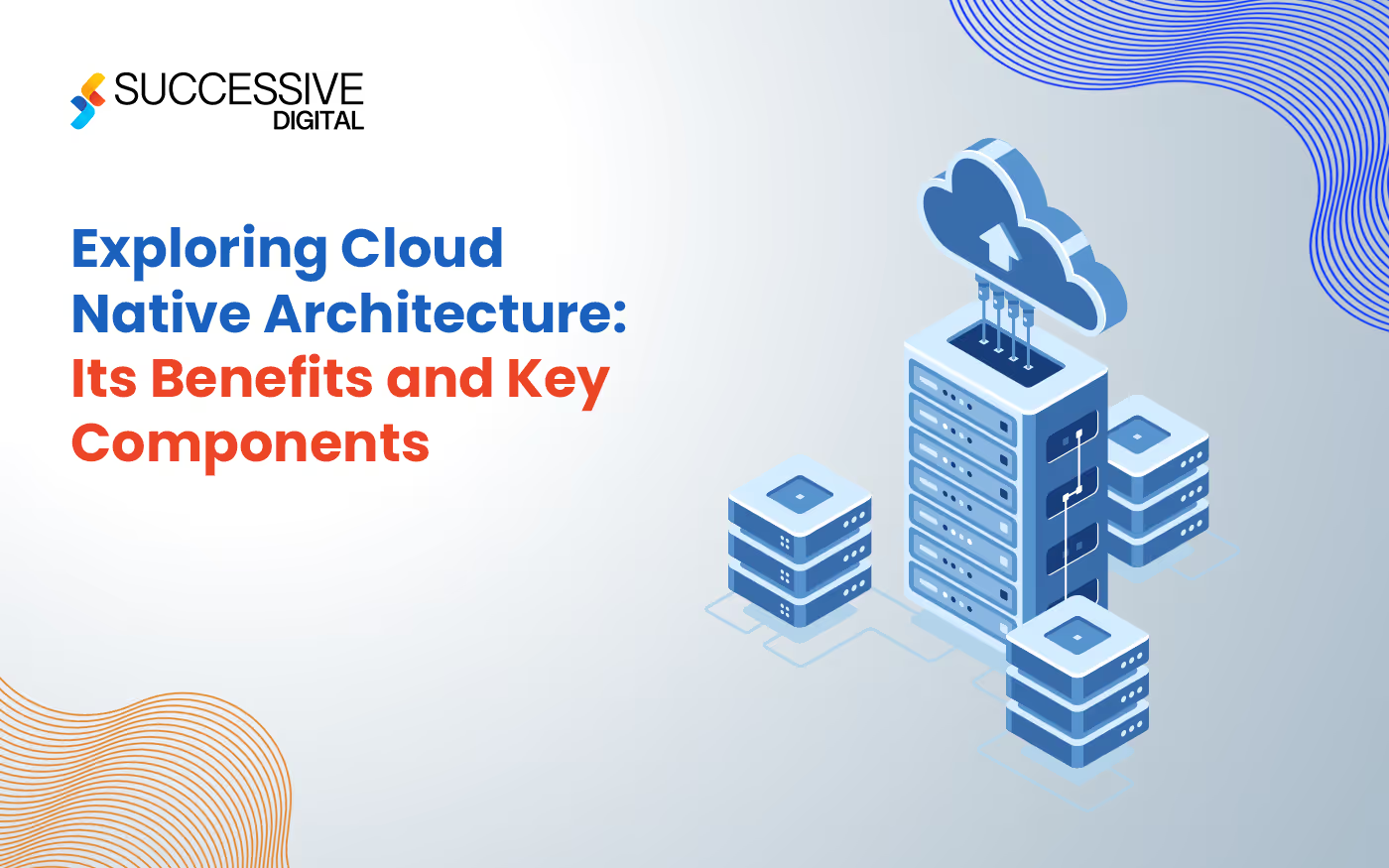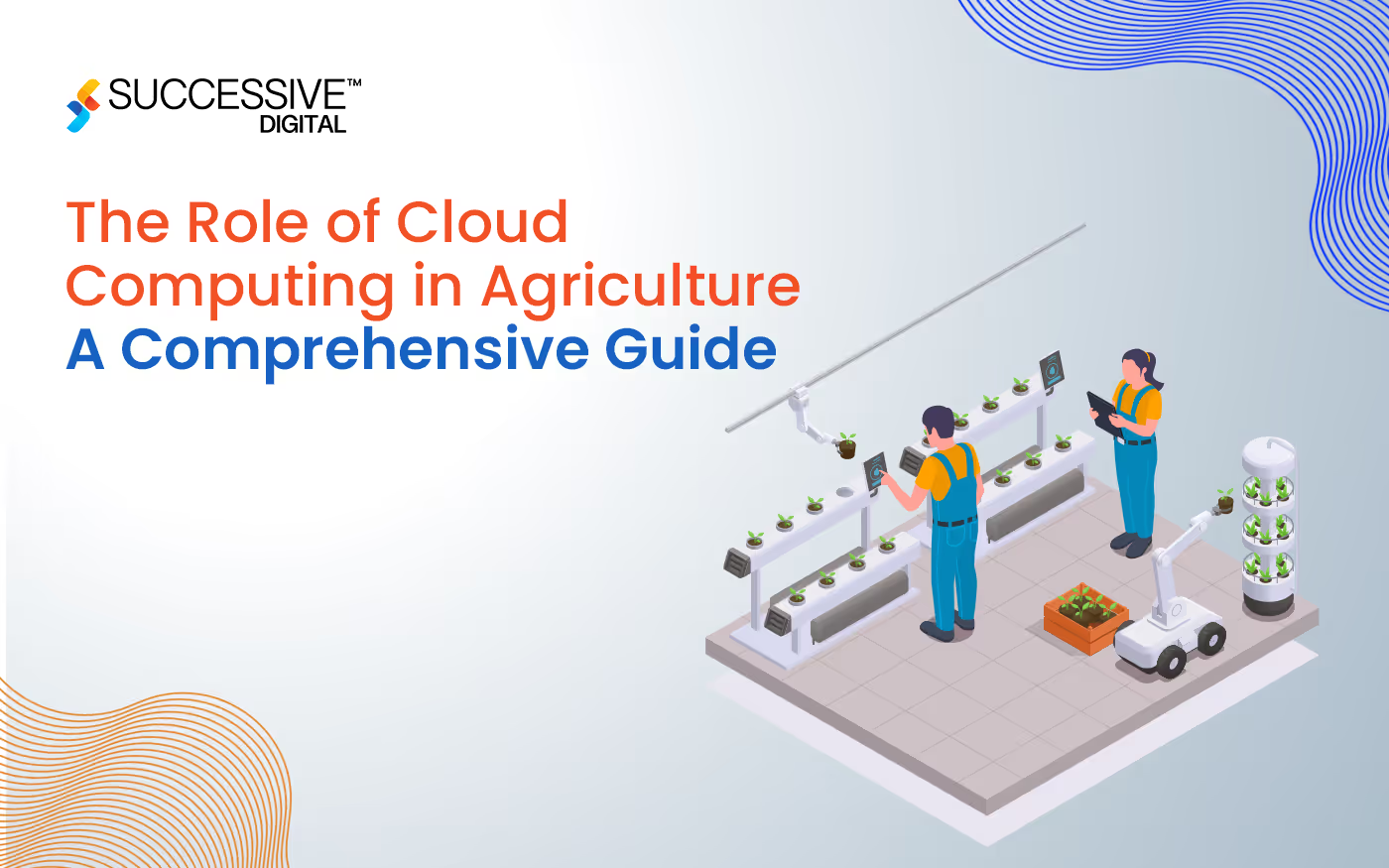Cloud Native Architecture Blog Series Part 1: In this first installment of our blog series, we will delve into the advantages and foundational building blocks of Cloud Native Architectures numerous benefits associated with adopting a Cloud Native approach.
To compete in a digital world and reap the benefits of disruptive technologies, cloud-native applications help businesses adapt processes and technologies. By embracing cloud-native technologies, businesses can effectively implement swift and frequent application changes without disrupting service delivery. Businesses can also rapidly innovate and increase their revenue while delivering high-quality offerings to their customers. This empowers them with a distinct competitive advantage, enabling automated processes to thrive in their operations. Let’s understand what is cloud-native? Cloud-native is an innovative approach used for building, deploying, and managing modern applications in cloud computing environments. Cloud-native applications include microservices architecture, container orchestration with Kubernetes, microservices, API, serverless, etc. It relies on the features of specific cloud platforms such as AWS or Azure or Google Cloud.According to GlobeNewswire, The Global Cloud Native Applications Market size is projected to reach $16.2 billion by 2028, rising at a market growth of 22.9% CAGR during the forecast period 2022 -2028.Another research from Gartner has also predicted that by 2025, more than 85% of organizations will embrace a cloud-first principle and will not be able to fully execute their digital strategies without the use of cloud-native architectures and technologies.
About CNCF
The Cloud Native Computing Foundation (CNCF) is an open-source foundation that is pivotal in guiding organizations on their cloud-native journey. Since its establishment in 2015, CNCF has been dedicated to supporting the development of crucial cloud-native components, with Kubernetes being a prominent example.
Let Us Understand What Is Cloud-Native Applications?
Cloud-native applications are distributed applications consisting of multiple interconnected cloud native services. In contrast to traditional monolithic applications encompassing all functionalities within a single structure, cloud-native applications adopt a different approach. Developers leverage the cloud-native methodology to break down these functionalities into smaller, more manageable small services and leverage cloud based PaaS services etc. AWS Lambda, Azure Functions etc.. This architectural shift enables greater agility, as each service operates independently and consumes minimal computing resources during runtime.Let us explore the differences between traditional enterprise applications and cloud-native applications.Traditional enterprise applications were developed using less flexible software development methods. As a result, developers would work on a large set of application functionalities before releasing them for testing and deployment. As a result, traditional enterprise applications had longer deployment times and lacked scalability.On the other hand, cloud-native applications development follow a collaborative approach and offer high scalability and flexibility across various platforms. Developers employ software tools that heavily automate cloud-native applications' building, testing, and deployment processes. Quick setup, deployment, and duplication of microservices are possible in cloud-native applications, which is not feasible with traditional applications.Leverage our Cloud Transformation Services to transform your business.
How Does A Cloud-Native Approach Benefit Businesses?

1. Faster Development Cycle
The cloud-native approach enables developers to accelerate the development process and deliver higher-quality applications. By leveraging containerization, Serverless technologies and adopting DevSecOps practices, developers can build application components that are ready for deployment. This allows for quick and frequent updates without the need to shut down the entire application. As a result, developers can respond swiftly to changes and iterate rapidly, ensuring faster time to market.
2. Platform Independence
Developers are benefited from platform independence by building and deploying applications in the cloud. They get the consistency and reliability of the operating systems and can focus on delivering value-added features and functionalities in applications without managing the underlying infrastructure.
3. Reduced Cost
By utilizing resources more efficiently through the microservices architecture, businesses can optimize infrastructure usage and scale resources according to demand. Also, cloud-native applications leverage pay-as-you-go models that allow businesses to avoid upfront infrastructure investments and pay only for the resources when they are in use.
4. Improved Reliability
Cloud-native applications are built with a distributed architecture consisting of multiple microservices. Each microservice operates independently and can be replicated across different nodes, enhancing reliability. If one microservice fails, the overall application can continue functioning as other microservices can take over the workload. This approach improves fault tolerance, reduces the impact of failures, and increases overall application reliability.
5. Resiliency
A well-designed cloud-native application can survive even in the case of outages. Resiliency can be achieved by implementing techniques such as self-healing, auto-scaling, and load balancing. With this approach, applications can automatically detect and recover from failures, ensuring minimal downtime and providing a seamless user experience.
6. Business Agility
Cloud-native applications offer increased business agility by enabling faster development cycles and flexible deployment processes. The modular nature of microservices allows for independent development, testing, and deployment of individual components. This enables teams to work in parallel, iterate quickly, and release new features or updates rapidly.
7. Automation
Cloud-native applications heavily leverage automation throughout the development, testing, deployment, and scaling processes. Automation tools and technologies enable streamlined workflows, reducing manual efforts and minimizing human errors. Continuous integration and continuous deployment (CI/CD) pipelines automate the build, security testing, and deployment phases, ensuring faster and more reliable software delivery.Also read -Cloud Migration: Challenges and Benefits
Key Components Of Cloud-Native Application Architecture
Cloud-native application architecture encompasses several crucial components that enable the development of modern, scalable, and resilient applications. These key components include:
Immutable Infrastructure
Within the cloud-native architecture, development teams utilize a range of software components to construct and manage scalable cloud-native applications. The Cloud Native Computing Foundation (CNCF) recognizes immutable infrastructure, microservices, declarative APIs, containers, and service meshes as the foundational pillars of cloud-native architecture. These components work together to enable the development and operation of resilient and adaptable cloud-native applications.
Microservices
Microservices are small, independent software components that collectively form a complete cloud-native application. They are designed to be loosely coupled, allowing them to communicate with each other while remaining independent. Developers can make changes to the application by working on individual microservices, ensuring that the overall application continues to function even if one microservice fails.
Serverless
Serverless computing is an important part of cloud-native applications, which is also called the Function as a Service (FaaS) model, where developers write and deploy individual functions triggered by events or HTTP requests. Automatic scaling ensures resources are dynamically allocated based on demand. Functions are stateless, and data is stored in external services. Serverless seamlessly integrates with other cloud-native services and APIs, enabling the creation of complex and modular architectures. This combination empowers developers to focus on functions, achieve efficient resource utilization, and benefit from cost-effective and scalable applications.
API
An Application Programming Interface (API) is a method used by two or more software programs to exchange information. In cloud-native systems, APIs play a crucial role in connecting loosely coupled microservices. Instead of specifying the steps to achieve a particular outcome, APIs define the data a microservice requires and the results it can provide. This approach enables effective communication and integration between different microservices.
Service Mesh
A service mesh is a software layer within the cloud infrastructure that manages communication between multiple microservices. It provides a centralized and configurable platform for handling service-to-service communication, authentication, and other cross-cutting concerns. Developers can introduce additional functionalities to the application through the service mesh without modifying the application's code directly.
Containers Orchestration With Kubernetes
Container orchestration with Kubernetes is the fundamental building block of cloud-native applications. They encapsulate the microservice code and all necessary files required for the application to run. By containerizing microservices, cloud-native applications can run independently of the underlying operating system and hardware. This flexibility enables developers to deploy cloud-native applications on various environments, including on-premises, cloud infrastructure, or hybrid clouds. Containers package microservices along with their dependencies, such as resource files, libraries, and scripts needed for the main application's execution.
A Reference Architecture For Implementing Cloud-Native Application Architecture

Additionally, in cloud-native architecture, DevSecOps and observability go hand in hand and help developers to build cloud-native applications in a modern environment. Identity and Access Management (IAM) are built on the selected cloud and enable businesses to secure their data and applications from unauthorized access, data breaches, and other security risks, enhancing the overall security posture of cloud-native applications.Get our Cloud & DevSecOps Services to make your cloud journey easier.
Conclusion
Cloud-native applications play an important role in driving digital transformations. By focusing on its key technologies and processes, businesses can deploy innovative applications. The projected market growth of the cloud-native applications industry further underscores its importance. Overall, cloud-native applications and their functionality offer a distinct competitive advantage, empowering businesses to thrive in the digital era.
.avif)










.jpg)









